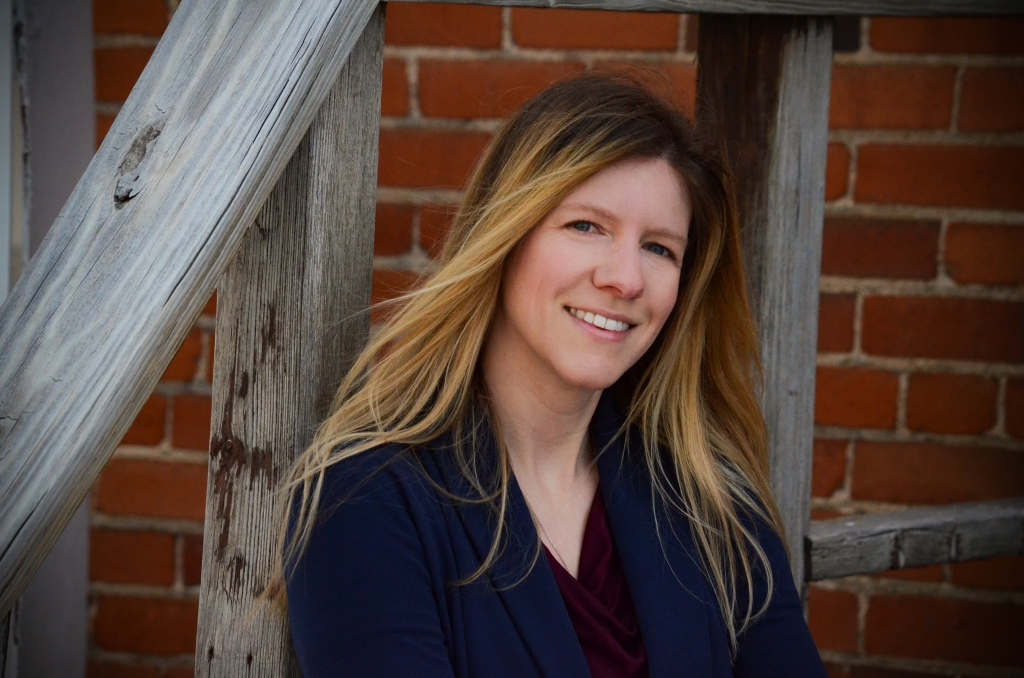Wyoming’s Integrated Test Center will host a new $2.5 million project with Colorado State University, the University of Wyoming and Living Ink Technologies to convert an industrial source of carbon dioxide into high-value materials through an algae-based carbon transfer process.
The project, also supported by the U.S. Department of Energy, began its initial phase in 2023. The research will run for three years, with about six months of testing at the facility.
Led by Professor Ken Reardon, associate dean for research at CSU’s Walter Scott Jr. College of Engineering, the project is expected to advance carbon management through carbon conversion — and to minimize the environmental impacts of fossil energy.
“We are looking forward to launching the test phase of this project with our partners at the Wyoming Integrated Test Center,” says Reardon, a professor of chemical and biological engineering. “By leveraging and refining our biorefinery process, we aim to convert a utility source of CO2 into two high-value bioproducts via algae cultivation, benefitting both the environment and the economy.”
UW’s team will convert the liquid from algae pyrolysis into advanced energy materials such as carbon nanofiber supercapacitor electrodes, under the direction of UW School of Energy Resources (SER) Professor of Chemical and Petroleum Engineering Maohong Fan.

Fan and Reardon have co-written a publication on this technology, and the current collaborative project at the Wyoming Integrated Test Center combines years of research in the duo’s respective disciplines.
“We are pleased to have exceptional partners bringing a wealth of expertise in carbon conversion methods on the team,” Reardon says. “This project will go a long way in accelerating the development of algal-based CO2 conversion technologies that utilize CO2 emissions from industrial sources.”
Opening its doors in May 2018, the Wyoming Integrated Test Center is a public-private partnership that brings together government, industry and cooperatives with the shared goal of developing commercially viable uses for carbon dioxide emissions from power plants. Located at Basin Electric Power Cooperative’s Dry Fork Station near Gillette, and under the administration of UW’s SER, the center provides space for researchers to test carbon capture, utilization and storage technologies using flue gas directly from the power plant.
“We are excited to welcome CSU and UW as they begin testing their algae carbon utilization project at the Integrated Test Center,” says Jason Begger, director of stakeholder relations for the center. “Our team is looking forward to working with these researchers and advancing their research. This project will continue to drive research for carbon utilization technologies that can turn carbon into marketable products and advance new opportunities for commercial uses of carbon dioxide.”
With the addition of this project, the Integrated Test Center’s testing bays are fully allocated. The center’s project portfolio represents over $100 million in carbon capture and carbon utilization technology deployment. Testing that occurs at the center serves as a crucial step toward advancing carbon capture and carbon utilization technologies to commercialization.
To learn more about the Integrated Test Center and current tenants at the facility, visit www.wyomingitc.org/.








